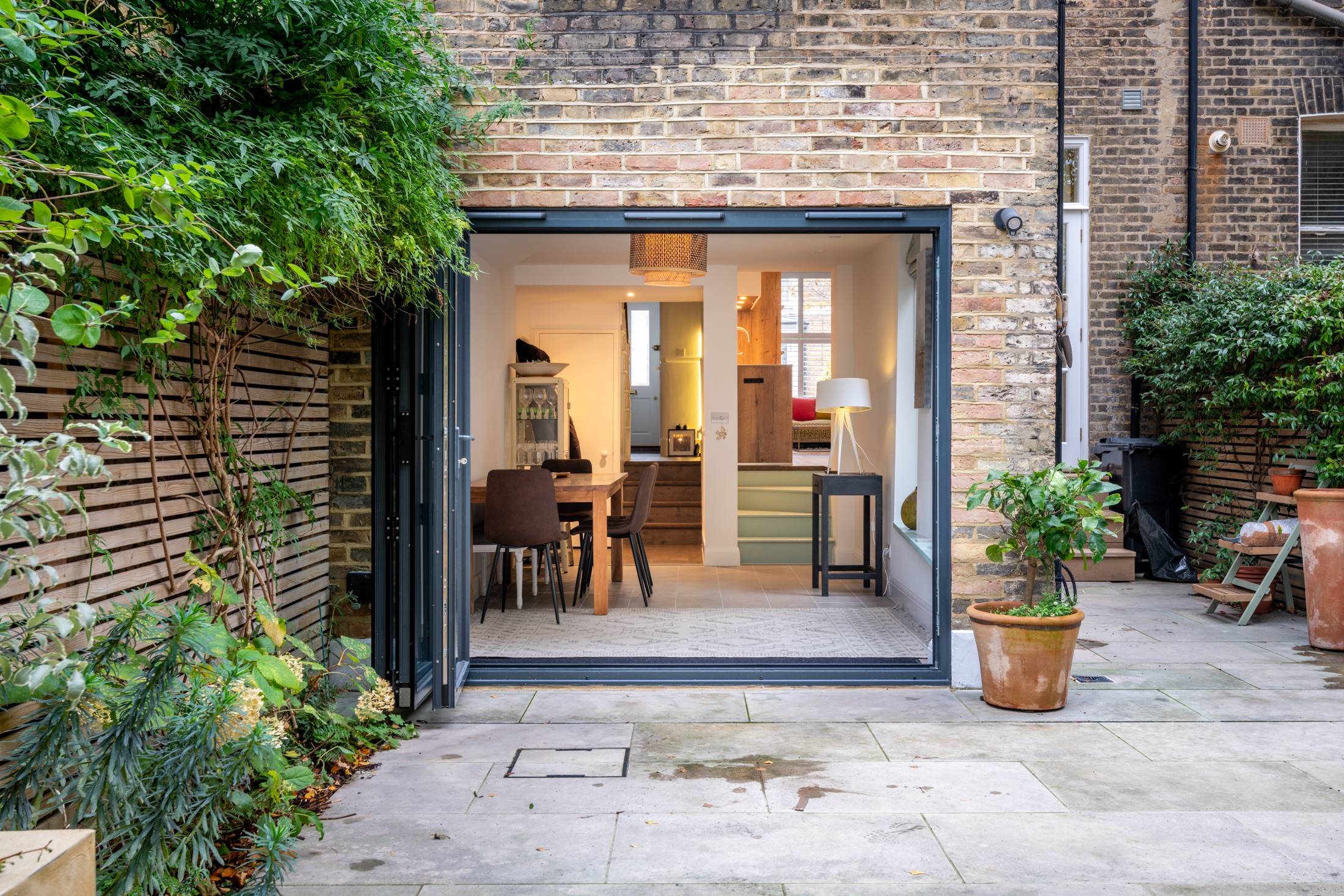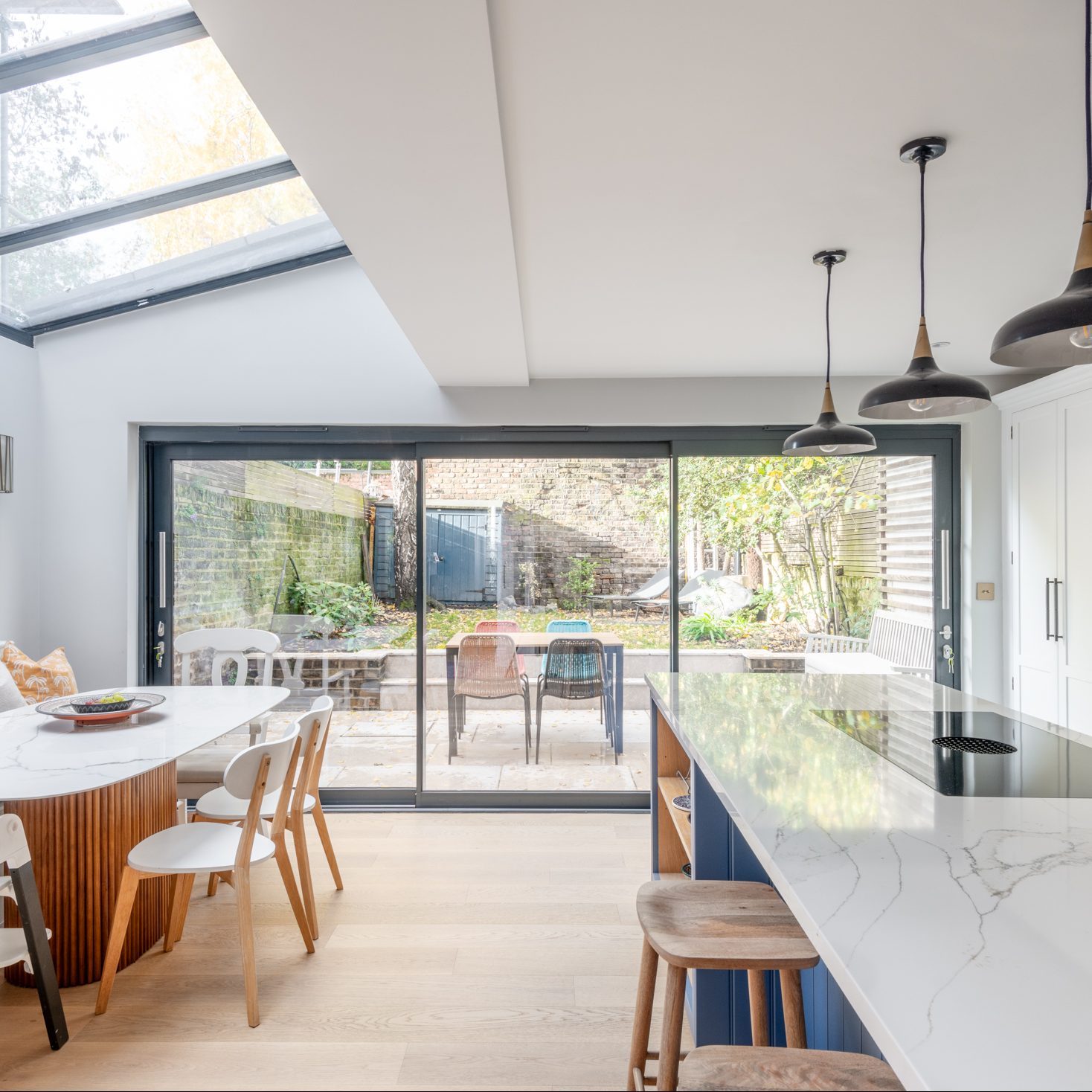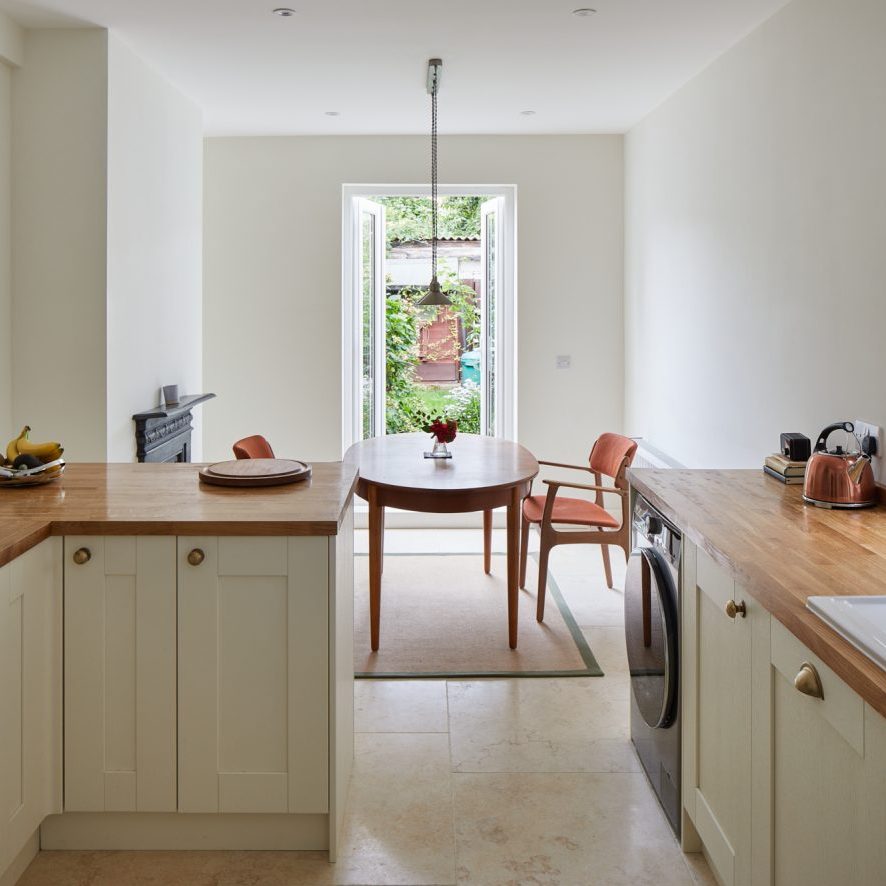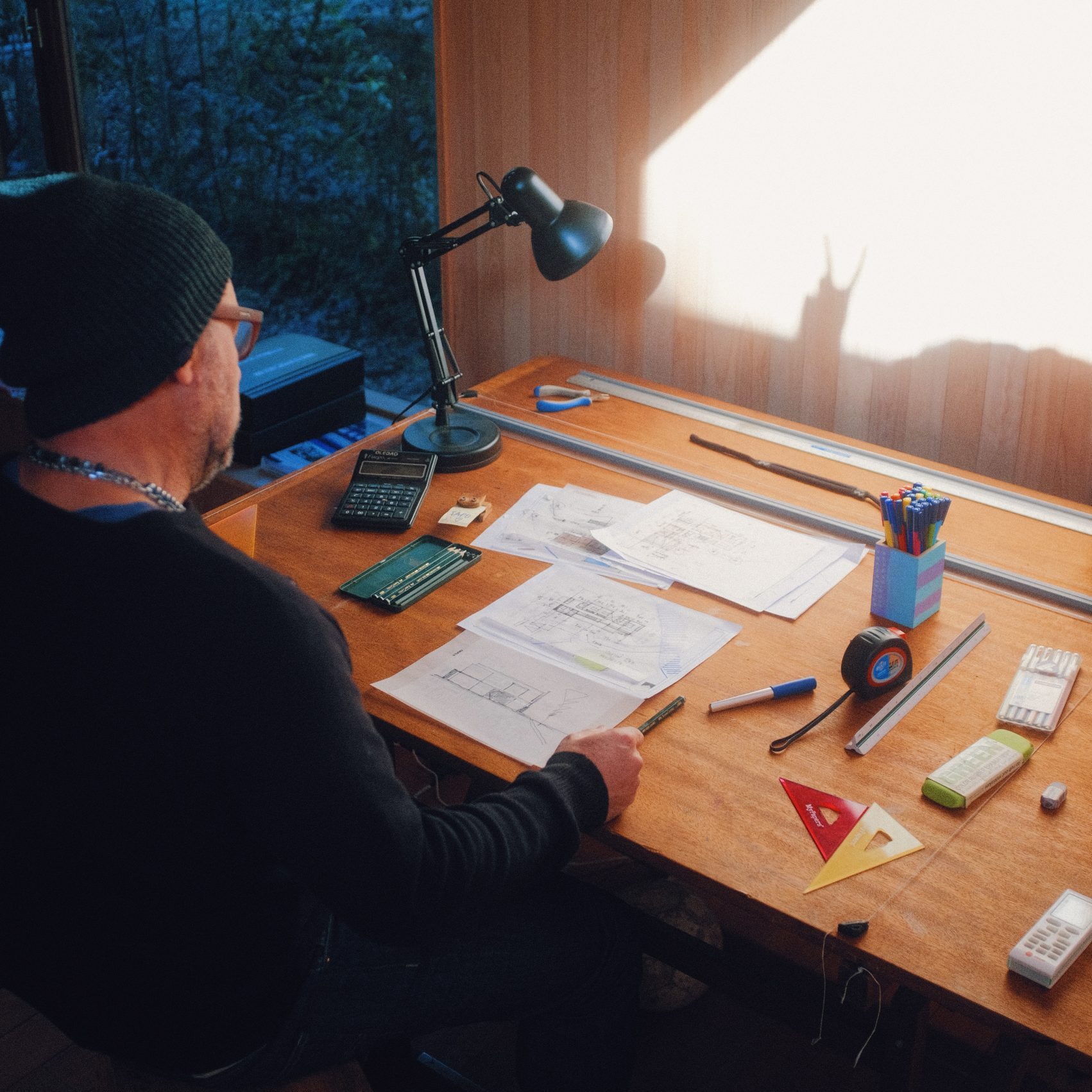How To Calculate The Costs of A Loft Conversion
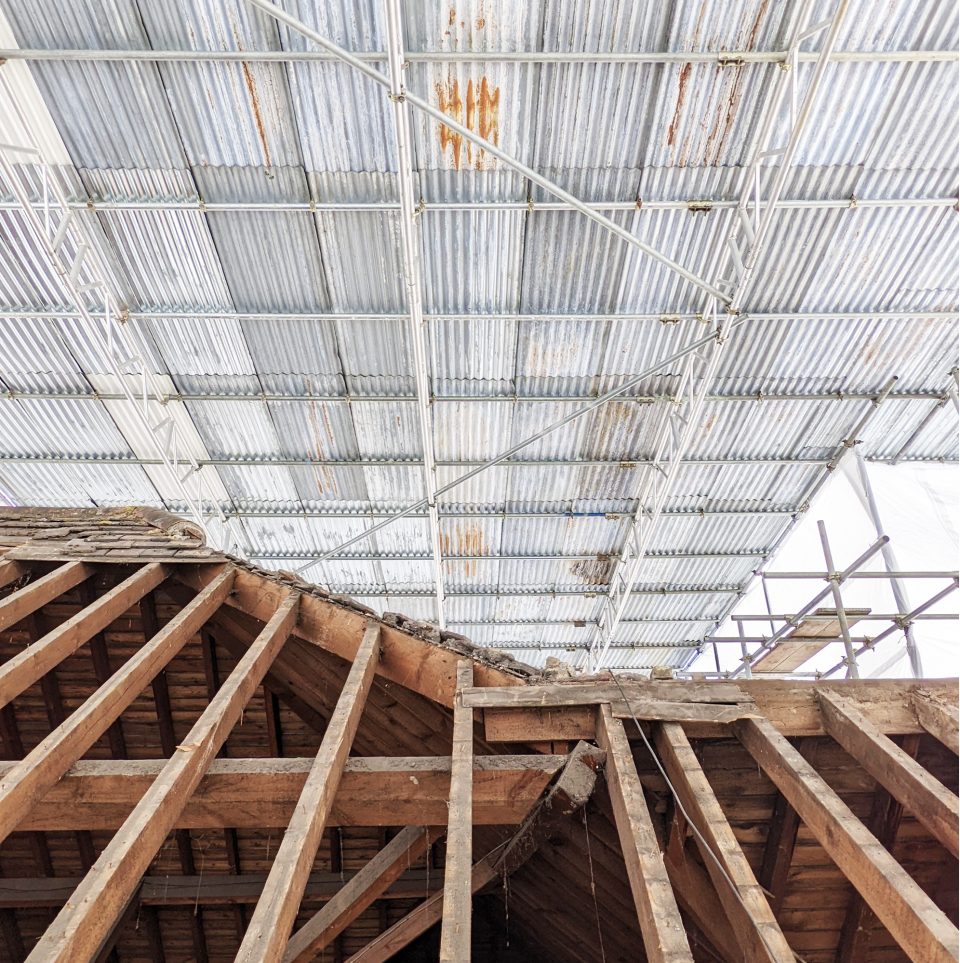
Loft conversions are a popular way to add extra living space to your home in London, but before you begin the process, it’s important to understand the costs involved. There are a number of factors that can affect the overall cost of a loft conversion, and in this article, we’ll take a look at some of the key considerations you’ll need to make when calculating the costs for your project.
The first thing to consider when calculating the costs of a loft conversion is the size and layout of your existing property. Depending on the size of your home, the cost of converting your loft may vary significantly. For example, a small one-bedroom flat will likely cost less to convert than a large four-bedroom house. Additionally, the layout of your property will also have an impact on the cost, with properties that have a more complex layout requiring more work and therefore costing more to convert.
Another important factor to consider when calculating the costs of a loft conversion is the type of conversion you’re planning to undertake. There are several different types of loft conversion, including Velux, mansard and dormer conversions, and each has its own set of costs associated with it. Velux conversions, for example, are generally the most cost-effective option, while mansard conversions tend to be more expensive.
The condition of your existing roof is also an important consideration when calculating the costs of a loft conversion. If your roof is in poor condition, it will likely need to be repaired or replaced before the conversion can take place. This can add a significant amount to the overall cost of the project.
The cost of labour will also play a big role in the overall cost of a loft conversion. The cost of labour in London is generally quite high, and this is reflected in the prices charged by builders for loft conversion work. Additionally, if you’re planning to undertake a more complex conversion, such as a mansard or dormer conversion, the cost of labour will be even higher.
Other costs that you’ll need to factor in when calculating the costs of a loft conversion include the cost of building materials, planning and building regulations fees, and the cost of any additional work that may be required, such as electrical or plumbing work.
When calculating the costs of a loft conversion, it’s important to be realistic about the costs involved. While it may be tempting to try and cut corners in order to save money, this can often lead to problems further down the line. Instead, it’s important to work with a reputable builder or architect who can give you a realistic estimate of the costs involved and help you to budget for your project effectively.
In conclusion, loft conversions are a great way to add extra living space to your home in London, but they do come with a cost. When calculating the costs of a loft conversion, it’s important to consider factors such as the size and layout of your property, the type of conversion you’re planning to undertake, the condition of your roof, and the cost of labour. Additionally, you’ll need to factor in costs such as building materials, planning and building regulations fees, and any additional work that may be required. By taking all of these factors into account, you’ll be able to budget effectively for your loft conversion and ensure that your project is a success.

